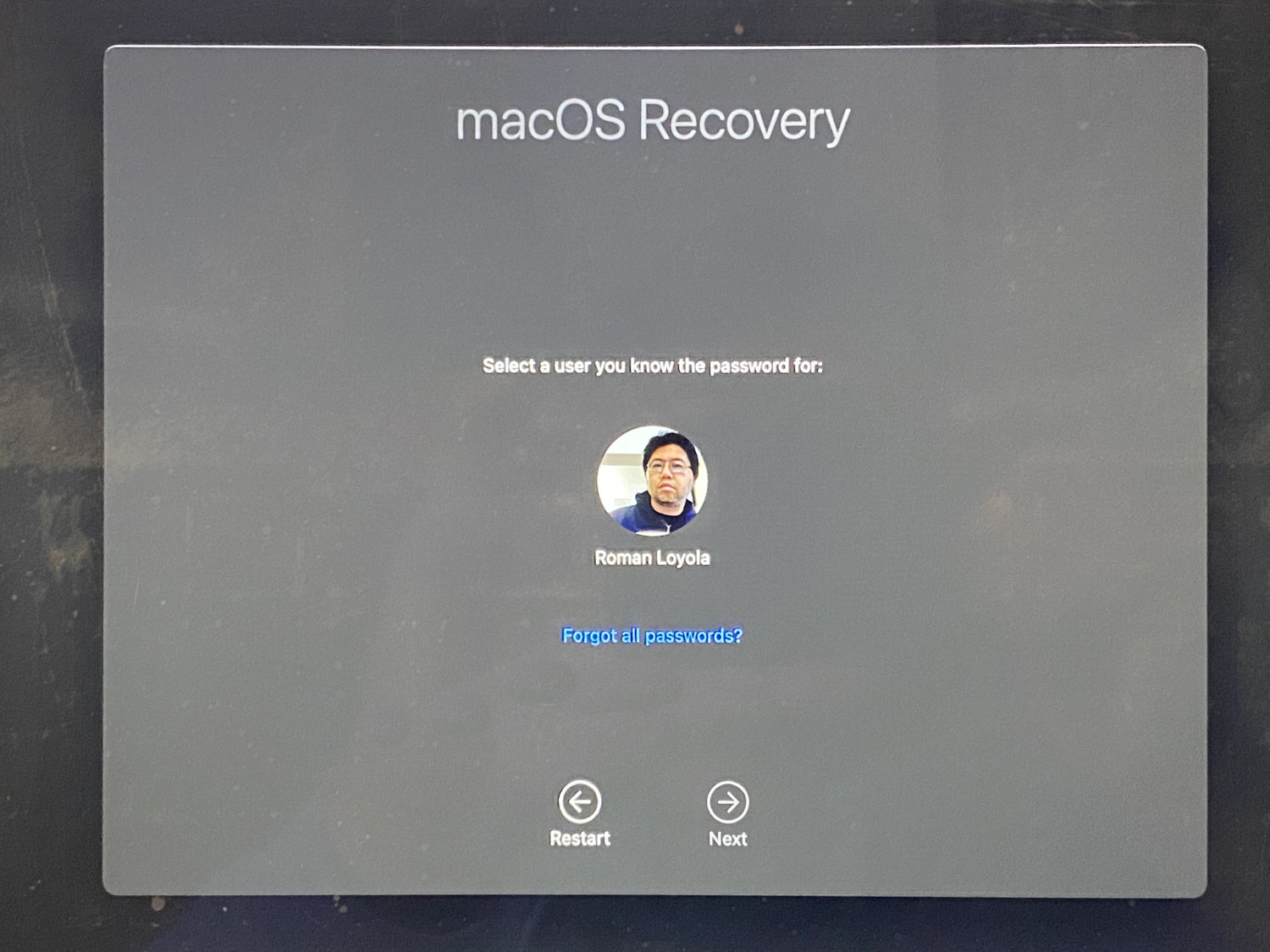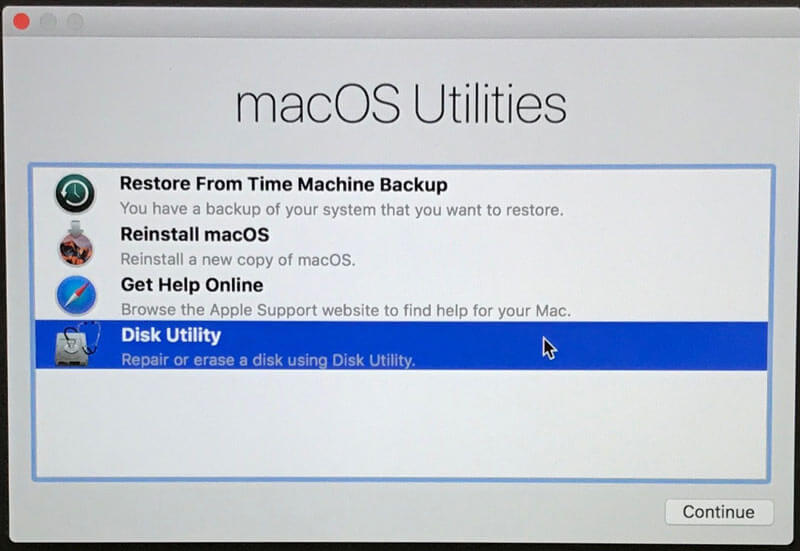
:max_bytes(150000):strip_icc()/RecoverHD-5a6f94d7642dca0036e2105f.jpg)
- #MAC OS RECOVERY IMAGE HOW TO#
- #MAC OS RECOVERY IMAGE MAC OS X#
- #MAC OS RECOVERY IMAGE MAC OS#
- #MAC OS RECOVERY IMAGE INSTALL#
- #MAC OS RECOVERY IMAGE UPDATE#
After downloading, right-click the installation file (located inside Applications) and choose show package contents.
#MAC OS RECOVERY IMAGE MAC OS#


#MAC OS RECOVERY IMAGE UPDATE#
In this case, we will update the recovery partition on our MacBook Pro 2011 from the default 10.7 Lion recovery partition to the High Sierra recovery partition 10.13.6. On some older Mac’s, Internet recovery is done with key combo shift + option + command ⌘ + r. The exception are the Macs that originally shipped with a recovery DVD prior to Lion, or earlier Macs that lack the firmware update to boot into Internet Recovery. This means if you re-install Mac OS Lion 10.7 on a Mac that shipped with 10.7 and decide to upgrade to High Sierra, you will still have the Lion 10.7 Internet Recovery image. This is behavior controlled by the Apple servers and you will not be able to change the Internet recovery re-install image unless Apple decides too. It boots up Mac from the Recovery HD partition which. hold down the power button - Apple Silicon Macs only hold down the Command + R keys (Reinstall the latest macOS / OS X that was installed on your Mac, without.
#MAC OS RECOVERY IMAGE MAC OS X#
This boots to Internet Recovery mode and will only grab the version of Mac OS X that originally shipped with the Mac. Introduced back in 2017 with OS X 10.7 Lion, macOS Recovery is the built-in recovery system on your Mac. Shut down your Mac Choose Apple menu > Shut Down and wait until your Mac turns off.
#MAC OS RECOVERY IMAGE HOW TO#
Option + Command ⌘ + R (Internet Recovery): How to reinstall macOS You can use macOS Recovery, your computer's built-in recovery system, to reinstall the Mac operating system.
#MAC OS RECOVERY IMAGE INSTALL#
Is created by default when you install Mac OS X for the first time. This will attempt to boot from a recovery partition on your hard drive. For example, the 10.7 recovery partition does not include the same Terminal bash commands as High Sierra, such as csrutil. This can be frustrating in certain circumstances. Mac OS does not automatically update the recovery partition on Apple computers when you update the OS or re-install a new copy of the OS. To return to the Recovery app, choose Safari > Quit Safari. Safari: In the Recovery app, select Safari, then click Continue. To return to the Recovery app, choose Install macOS Ventura > Quit Install macOS. In the Recovery app, select Reinstall macOS Ventura, then click Continue. In this guide, we will update a Mac’s old recovery partition (10.7 Lion or younger) to Mac OS High Sierra 10.13.5. Install macOS: Reinstall macOS on your computer. To check the problem your Mac has, click the Verify Disk. These steps will fail and you will receive the following message:Įrror (async): The given disk has a storage system (such as AppleRAID) which is not supported for this operation (-69718) Click Disk Utility and choose the drive you want to repair on your Mac. Note: You will not be able to install a recovery partition on an Apple RAID drive. When the new owner starts up the Mac, they can use their own information to complete setup.After the script completes, you will have a recovery partition created. If you're selling, trading in, or giving away your Mac, press Command-Q to quit the setup assistant without completing setup, then click Shut Down. Your Mac might restart and show a progress bar several times, and the screen might be empty for minutes at a time.Īfter installation is complete, your Mac might restart to a setup assistant. Allow installation to complete without putting your Mac to sleep or closing its lid.If the installer offers you the choice between installing on Macintosh HD or Macintosh HD - Data, choose Macintosh HD.



 0 kommentar(er)
0 kommentar(er)
